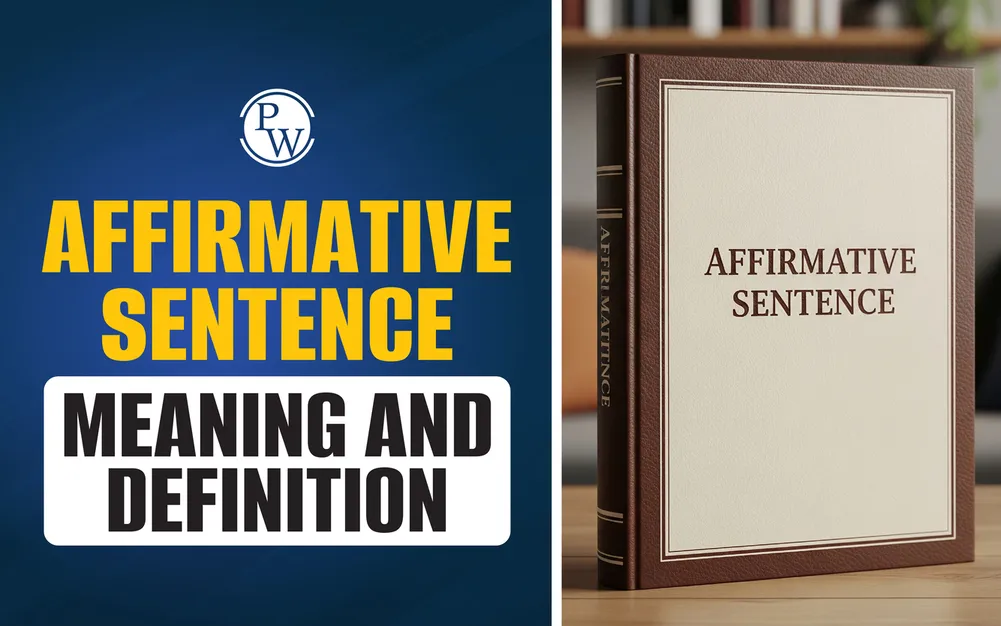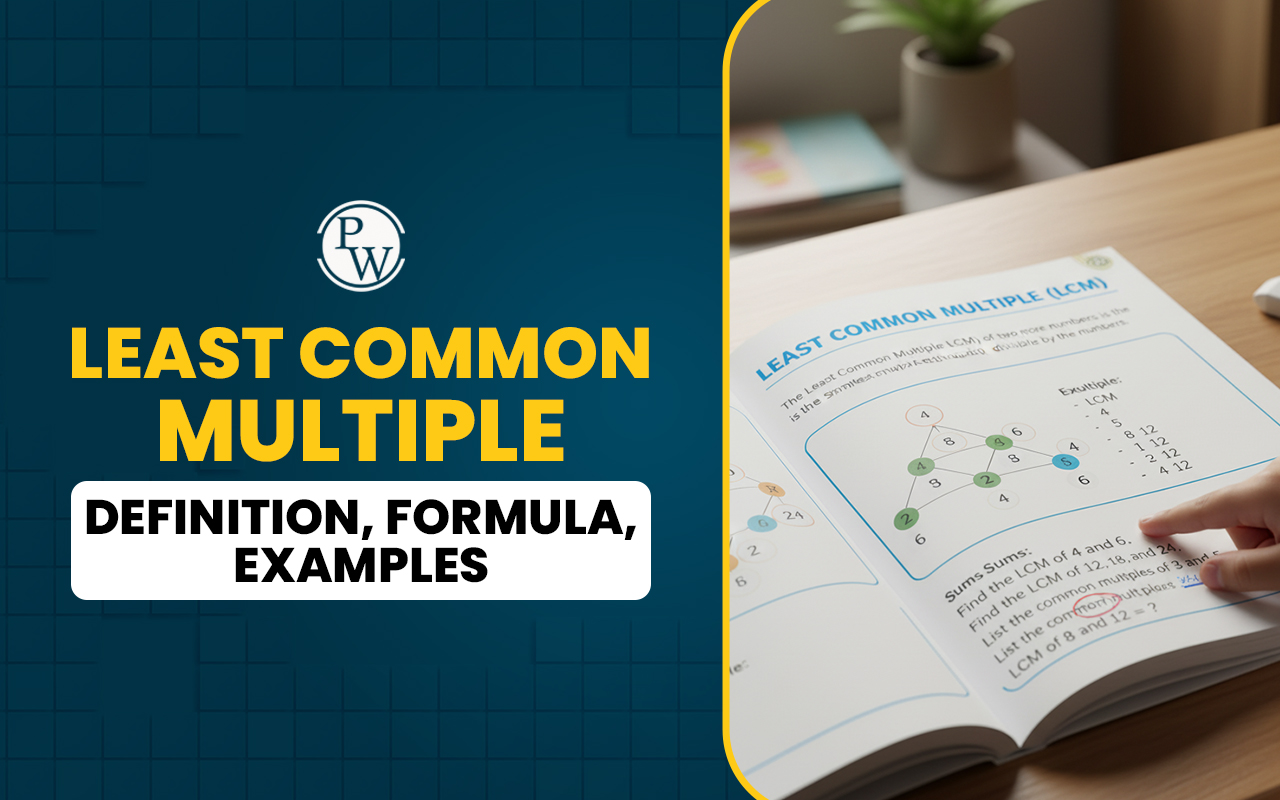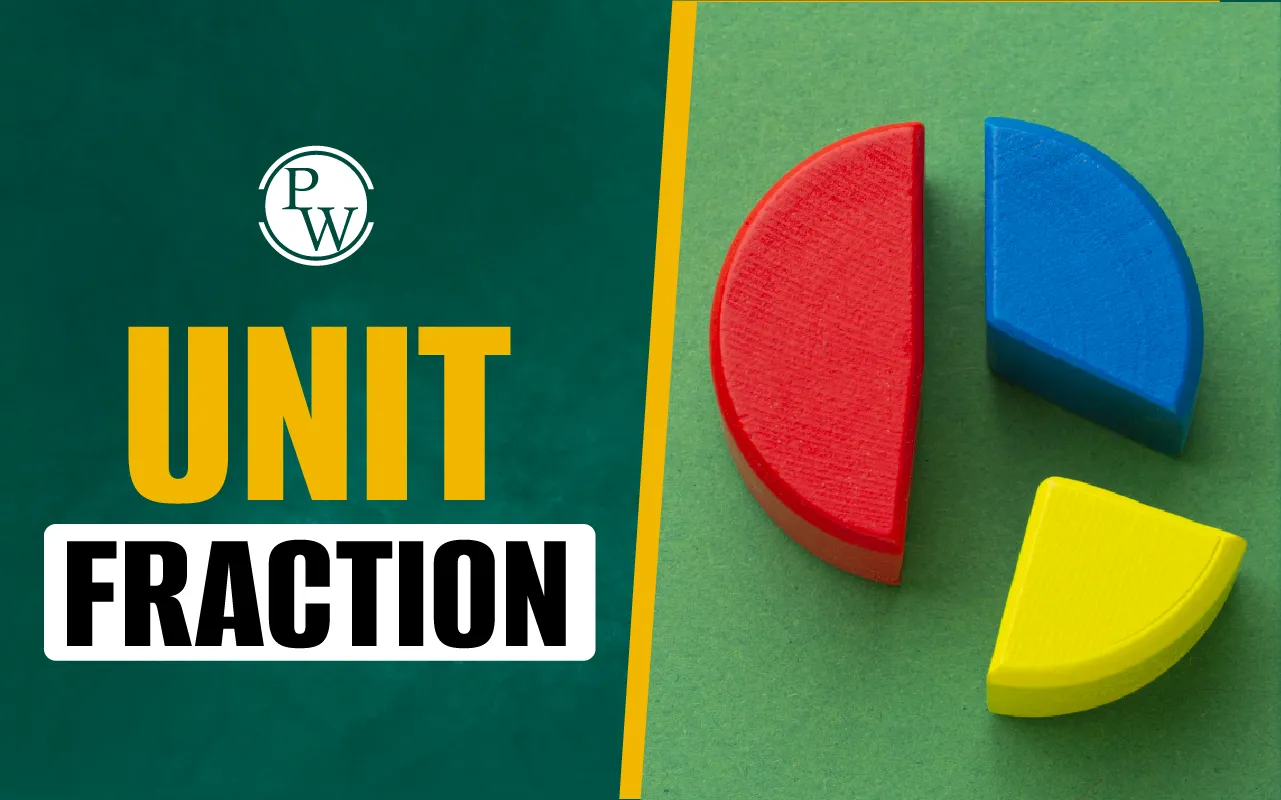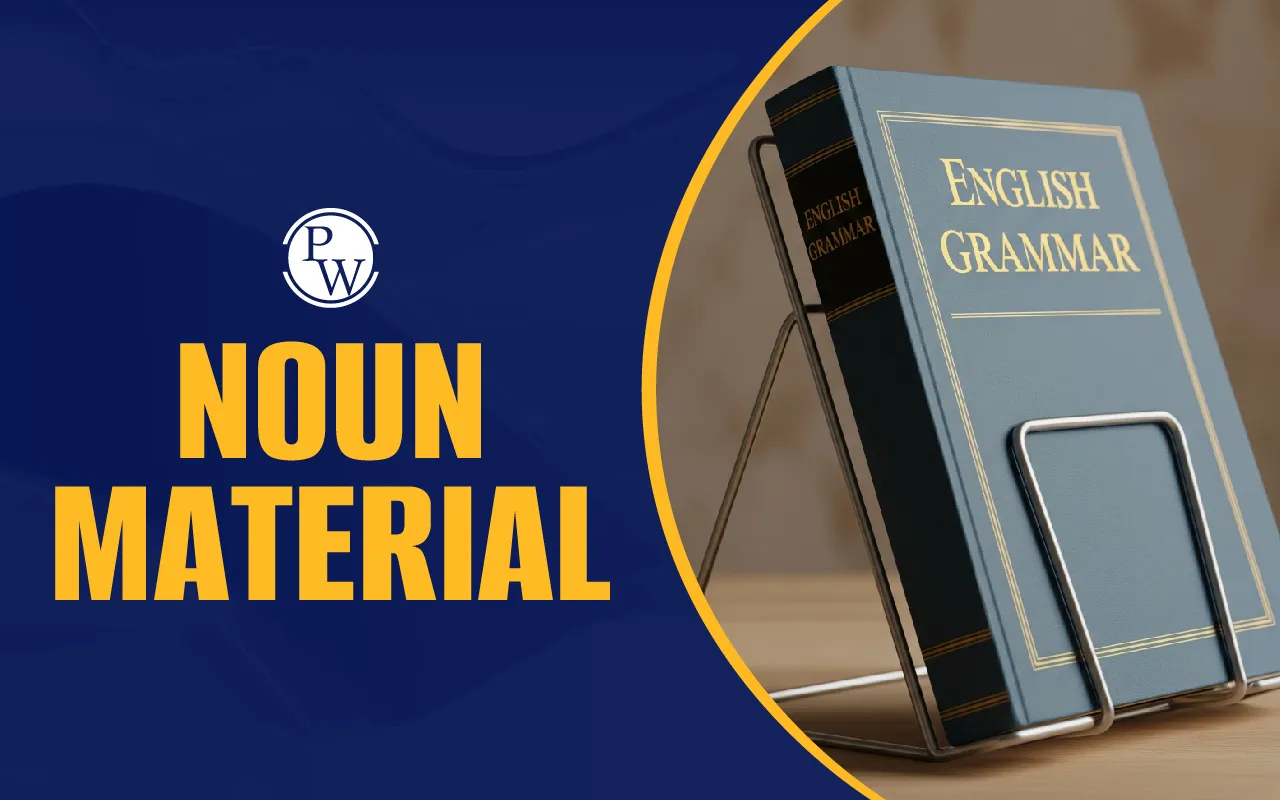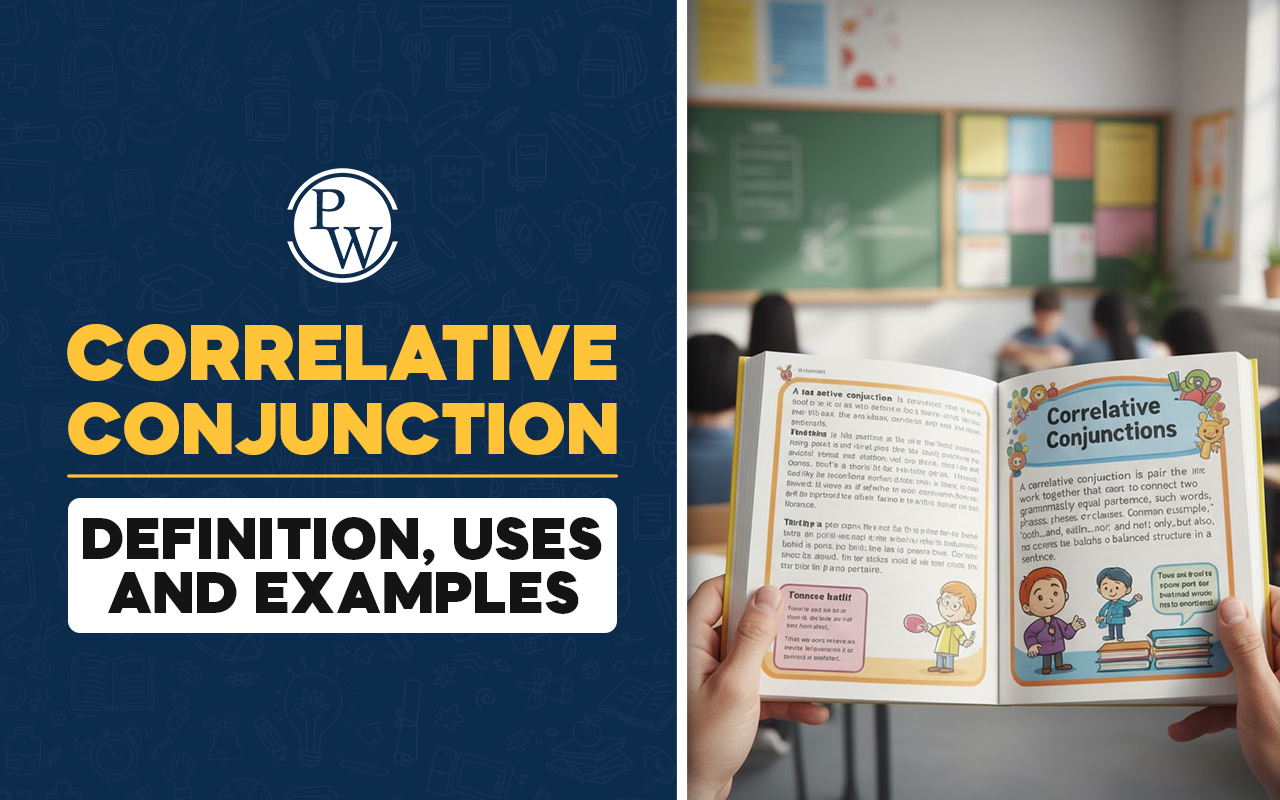

What is an Affirmative Sentence?
Affirmative Sentences are used when we want to say something in a positive way. Whether we are talking about ourselves, others, or something happening around us, we often use affirmative sentences without even realizing it. That’s why learning them is important for every student who wants to speak and write correctly in English. So keep reading to learn the affirmative sentence definition and how to use them, along with easy-to-understand affirmative sentence examples.
Read More: Types of Sentences with Examples
Affirmative Sentence Definition in English Grammar
Affirmative sentences in English grammar tell us that something is true, correct, or really happening. It gives a positive message without using words like “not,” “no,” or “never.” These sentences are used when we want to say “yes” to something or share information clearly. For example, “The sun rises in the east” is an affirmative sentence because it shows a true fact.
So, to understand English grammar better, it’s important to know what is affirmative sentence and how to use it correctly while speaking and writing.
Affirmative sentence definition is that it tells us something in a clear and positive way. It shows that something is true or really happening. Affirmative sentences help us share facts, thoughts, or actions without denying anything. As per the different dictionaries, the affirmative sentence definition is:
-
The Oxford Dictionary states it is a sentence that states a fact or answers “yes” to a question.
-
Merriam-Webster Dictionary defines an affirmative sentence as a sentence that says something is true and does not deny it.
-
Cambridge Dictionary explains it as a sentence that gives agreement or confirmation in a positive way.
Read More: Idioms and Phrases in English
Affirmative Sentence Meaning with Simple Explanation
A statement stating that something is real or factual is called an affirmative sentence, often referred to as a positive phrase. It affirms a circumstance, notion, or viewpoint without using negative language such as "no," "not," or "never." In other words, it affirms rather than disproves anything.
Affirmative Sentence Examples for Students
Now that we know the affirmative sentence definition and meaning, let’s learn how these sentences are used in English while writing or speaking. Find out some easy affirmative sentence examples, each followed by a short reason why it is considered affirmative, to help students understand and remember how these affirmative sentence example work.
-
I love eating mangoes. (Tells a true feeling in a positive way.)
-
She goes to dance class every Sunday. (Tells about a regular activity without using negative words.)
-
The sun is shining brightly today. (Shows something that is happening now in a positive tone.)
-
My father drives a red car. (Gives true information about someone without denial.)
-
They are watching a cartoon show. (Tells what someone is doing right now clearly.)
-
We have a science test tomorrow. (Gives a real and clear fact about the future.)
-
Riya can swim very well. (States someone’s ability in a positive way.)
-
He plays cricket with his friends. (Tells about a daily activity in a positive tone.)
-
I finished my homework before dinner. (Tells about a completed action without any negation.)
-
Our school has a big playground. (Shares a true detail about a place clearly.)
-
The baby is sleeping peacefully. (Describes what is happening now in a calm and positive way.)
-
My cousin lives in Delhi. (Gives a fact without using words like ‘not’ or ‘never.’)
-
Students are learning about planets in class. (Tells what students are doing now in a positive sentence.)
-
The flowers in the garden are blooming. (Reveals something about nature that is true and positive.)
-
She helped her friend with the project. (Tells about a helpful action in a clear way.)
All the above affirmative sentence examples clearly state true facts, actions, habits, or feelings in a positive or neutral tone without using negative words like "not," "never," or "no."
Read More: Subject and Predicate
Structure of Affirmative Sentences
To write correct affirmative sentences in English, it's important to know how to form them properly. The affirmative sentence structure is one of the easiest to understand and use. The basic affirmative sentence structure is:
Subject + Verb + Object/Complement
Let us now understand what each part means:
-
Subject: The person or thing the sentence is about.
-
Verb: The action or state of being.
-
Object/Complement: The thing affected by the action or more detail about the subject.
Here are a few simple examples of affirmative sentences to show how this structure works:
-
Subject + Verb
-
She dances. (The subject is "she," and the verb is "dances.")
-
Birds sing. (It tells what birds do in a positive way.)
-
Subject + Verb + Object
-
He plays football. (The action affects the object “football.”)
-
We eat lunch. (It tells what we do and what we eat.)
-
Subject + Verb + Complement
-
The sky is orange. (“Orange” gives more detail about “the sky.”)
-
She is a teacher. (“a teacher” tells more about who she is.)
Read More: Sentence Structure
Affirmative vs Negative Sentences: Key Differences
To speak or write English correctly, it's important for us to know the difference between affirmative sentences and negative sentences. These two types of sentences are used in everyday communication, but they mean opposite things.
As we learned, an affirmative sentence gives a positive message. It tells something that is true, real, or happening. These sentences do not use words like not, no, never, or don’t.
Example of affirmative sentence
-
I enjoy reading books. (This is an affirmative sentence because it shares something true in a positive way.)
-
She is a good singer. (It tells a fact without any negative words.)
-
They are playing in the park. (It gives a clear and positive action.)
On the other hand, a negative sentence tells us that something is not true or not happening. These sentences include negative words like not, no, never, or don’t.
Example of affirmative sentence
-
I do not enjoy reading books. (This is negative because of the word "not.")
-
She is not a good singer. (It denies the fact.)
-
They are not playing in the park. (It says the action is not happening.)
Read More: Active and Passive Voice
Types of Affirmative Sentences in English
All affirmative sentences tell us something in a positive way. But depending on how they are used, they can be of different types. Let’s understand the three main types of affirmative sentences with examples.
1. Declarative Affirmative Sentences
These sentences are used to give information or make a simple statement. They follow the usual sentence order and are the most common type.
For example:
-
The train is on time. (Gives information)
-
I love drawing. (Shares a feeling)
-
My sister has a bicycle. (Tells a fact)
2. Exclamatory Affirmative Sentences
These sentences show strong feelings like joy, surprise, or excitement. They are still positive but have more emotion.
For example:
-
What a beautiful day! (Shows happiness)
-
How lovely this cake tastes! (Expresses excitement)
-
This is the best birthday ever! (Shares joy)
3. Imperative Affirmative Sentences
These sentences are used to give a command, request, or instruction. They do not always mention the subject, but the meaning is clear.
For example:
-
Open the door. (Gives a command)
-
Please help me with this. (Makes a request)
-
Keep your books properly. (Gives an instruction)
Each of these affirmative sentence types helps us say something positive but in different ways depending on what we want to express.
Read More: Plural Nouns
Forming Affirmative Sentences in All Tenses
Affirmative sentences can be written in different tenses depending on when the action happens. Here is how students can form correct affirmative sentences in each tense using easy rules and examples.
-
To make an affirmative sentence in this tense, we use Subject + base verb (add -s or -es for he, she, or it). For example: She walks to school every day.
-
Simple Past Tense
-
In this tense, we use the Subject + past form of the verb (V2) to show that the action has already happened. For example: They played cricket yesterday.
-
Simple Future Tense
-
To form an affirmative sentence in the simple future, we use Subject + will + base verb. For example: He will visit his grandparents tomorrow.
-
Present Continuous Tense
-
In this tense, we use Subject + am/is/are + verb-ing to show what is happening now. For example, I am reading a storybook.
-
Past Continuous Tense
-
We form affirmative sentences in this tense using Subject + was/were + verb-ing. For example: They were watching a movie.
-
Future Continuous Tense
-
Use Subject + will be + verb-ing to show something that will be happening in the future. For example: She will be studying at 8 PM.
-
Present Perfect Tense
-
To form this tense, use Subject + has/have + past participle (V3) to show an action completed recently. For example, I have finished my homework.
-
Past Perfect Tense
-
In this tense, we use Subject + had + past participle (V3) to talk about an action that happened before another past action. For example: She had left the room before I arrived.
-
Future Perfect Tense
-
Use Subject + will have + past participle (V3) to show that something will be completed before a future time. For example: We will have completed the project by Friday.
-
Present Perfect Continuous Tense
-
Use Subject + has/have been + verb-ing to show an action that started in the past and is still going on. For example: They have been playing since morning.
-
Past Perfect Continuous Tense
-
Form an affirmative sentence in this tense with Subject + had been + verb-ing to show a long action that was happening in the past. For example: He had been working all day.
-
Future Perfect Continuous Tense
-
To make an affirmative sentence in this tense, use Subject + will have been + verb-ing to show a continuous action in the future. For example: She will have been living in Delhi for five years by next month.
Build Your Child’s Language Skills with English By Cambridge By CuriousJr
CuriousJr’s English Learning Online Classes are based on the Cambridge curriculum and are built to match every child’s current understanding. Whether a child is just starting or already knows the basics, CuriousJr’s level-wise English learning programs—from Pre A1 Starters, A1 Movers, A2 Key, to B1 Preliminary—help Class 1 to 8 students build strong English skills step by step.
From building strong grammar and vocabulary to improving fluency, writing, and speaking, every online class for learning English by Curious Junior is engaging, interactive, and easy to follow.
With small batch sizes, playful learning methods, and expert-guided lessons, students become confident in English in both school and real life. Book a demo class today and see how the right start can make all the difference.

